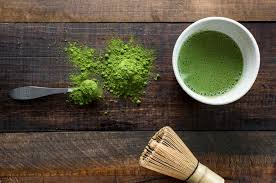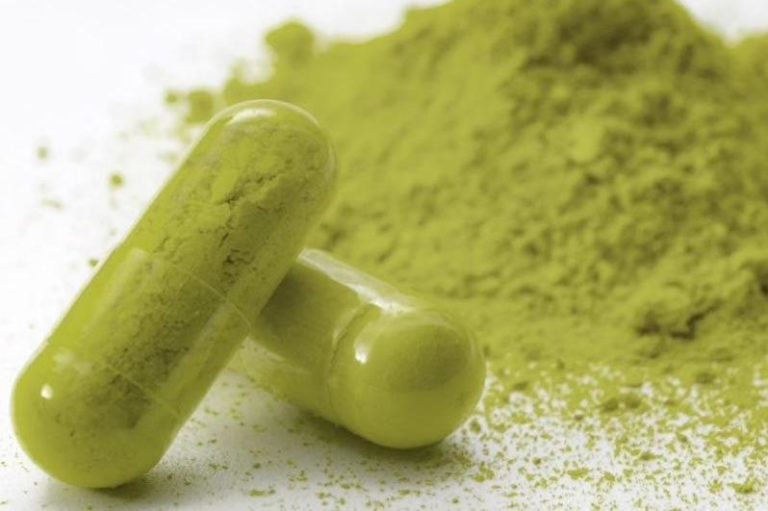Is Kratom Safe During Pregnancy? Researchers Start to Investigate

University at Buffalo pediatrician Praveen Chandrasekharan first heard of kratom in 2017 when a newborn girl was admitted to the neonatal intensive care unit at John R. Oishei Children’s Hospital in Buffalo, New York, where he works as a neonatologist. The baby was jittery, had stiff muscles, sneezed a lot, and cried excessively—symptoms of neonatal abstinence syndrome, withdrawal from drugs they were exposed to in the womb.
Puzzlingly, the girl’s urine tested negative on a toxicology screen for opioids. The 29-year-old mother told doctors that she had been taking an herbal supplement known as kratom in the form of pills to ease her lower back pain while she was pregnant.
Digging into the literature, Chandrasekharan learned that kratom, or Mitragyna speciosa, is an evergreen tree native to Southeast Asia, where people there have taken it recreationally and for medicinal purposes. In recent years, it has become increasingly popular in the US, where it’s sold over the counter in many states as capsules, liquids, or unprocessed leaves that are consumed as a tea. Customers take it for recreation, to ease chronic pain, or, among addicts, to wean themselves off opioids.
Is it kratom or contaminants?
At this stage, it’s impossible to say whether maternal kratom use is responsible for the withdrawal symptoms seen in newborns. For one, this is because some of the mothers in the case studies took other medications. In the case Chandrasekharan observed in 2017, for instance, the mother was taking the anti-epileptic drugs gabapentin and clonazepam, and was also a chronic smoker. In the case report, he and his colleagues wonder about their relevance to the newborn’s symptoms. They cite a study on women who took clonazepam that did not find any withdrawal effects in newborns, but also some reports that describe neonatal withdrawal following mothers’ use of gabapentin. It is difficult to rule out the possibility that these drugs could have had an effect on the baby, Chandrasekharan notes.
The mother said she had taken a 5-gram kratom pill one to three times a day. But as the clinicians didn’t have measures on kratom levels in the baby’s urine, they don’t know how much kratom the fetus may have been exposed to. “There are no studies or evidence to substantiate the amount and duration of kratom use in pregnant women to elicit a withdrawal response in their newborns,” Chandrasekharan writes to The Scientist in an email.
In addition, some kratom products sold in the United States are known to be impure, the Food and Drug Administration (FDA) recently having found dangerously high levels of heavy metals in a range of kratom products. Also, these supplements can be heavily adulterated with other drugs—“occasionally, even with opioid analgesics themselves such as hydrocodone,” notes Edward Boyer, a medical toxicologist at Brigham and Women’s Hospital at Harvard Medical School.
Kratom’s unclear mechanism of action
Kratom contains more than 40 different alkaloids, the ratios of which can vary based on the way it is sourced and produced. This makes it challenging to figure out which components could be accounting for any of kratom’s effects, explains Jay McLaughlin, an opioid pharmacologist at the University of Florida. Researchers have begun to investigate the alkaloids mitragynine and 7-hydroxy mitragynine, which are produced at fairly high levels in kratom leaves.
Complicating matters, kratom’s components may have multiple mechanisms of action, and their effects can vary depending on the dose, McLaughlin adds. Accordingly, users report that kratom’s effects vary heavily depending on how much they take, Boyer adds: “At low doses, it’s somewhat of a stimulant and it keeps you awake, it gives you energy and makes you want to talk. . . . At higher doses, however, it has opioid analgesic effects.”
Continue reading at The Scientist




